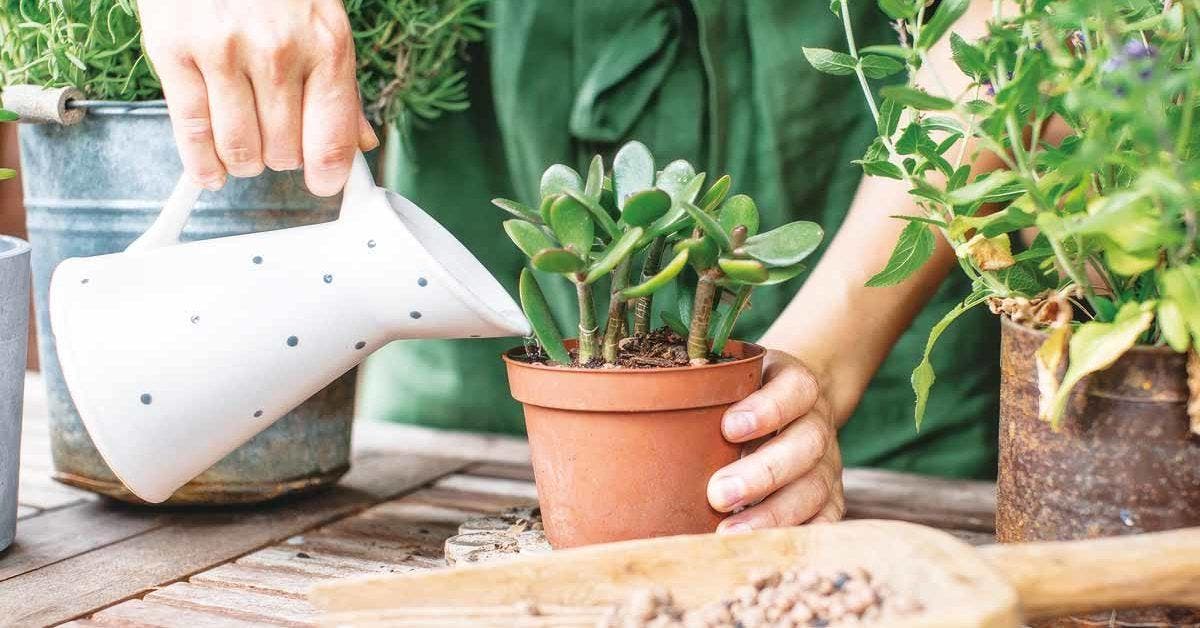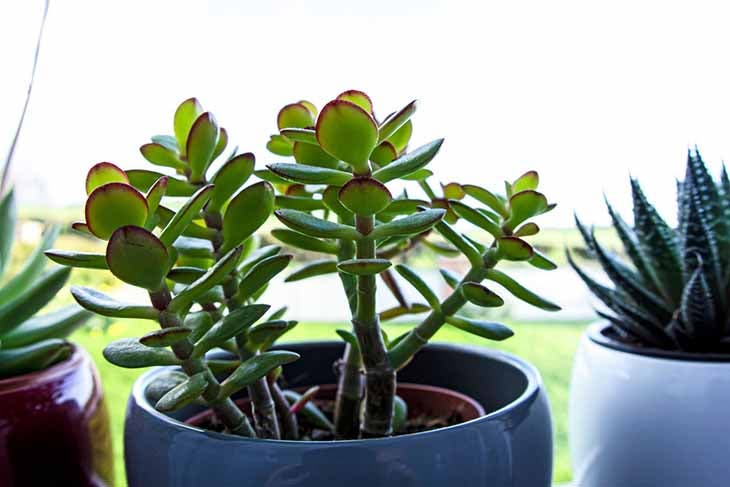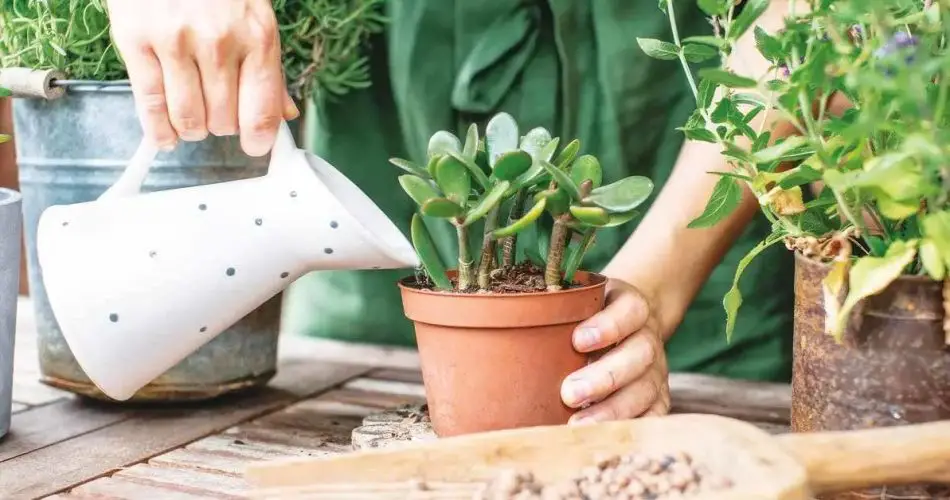The Jade Tree, also known as Crassula Ovata, is a stunning succulent native to South Africa. Its glossy, green foliage and star-shaped flowers make it a popular choice for both indoor and outdoor settings. This hardy plant is not only visually appealing but also offers a range of benefits. Here’s a comprehensive guide to caring for and reproducing your Jade Tree, as well as understanding its benefits.

Jade Tree: Origin and Benefits
Origin
Native to Mozambique, the Jade Tree has been cultivated as a houseplant for over a century in Europe and America. As a succulent, it thrives in warm, dry conditions and is relatively low-maintenance.

Benefits
- Purifies Indoor Air: The Jade Tree helps improve indoor air quality by eliminating toxins and pollutants. Proper ventilation combined with this plant can enhance the healthiness of your living space.
- Absorbs Carbon Dioxide: At night, the Jade Tree absorbs carbon dioxide, contributing to a better night’s sleep and overall improved air quality.
How to Care for a Jade Tree

1. Lighting
- Bright Light: Jade Trees need at least 4 hours of bright light daily. Start with partial sunlight and gradually increase exposure to avoid sunburn.
- Avoid Low Light: Insufficient light can lead to a leggy plant with weak branches.
2. Temperature
- Ideal Range: Maintain room temperatures between 18°C and 24°C. Prefer cooler temperatures (around 13°C) at night and in winter.
- Avoid Cold Drafts: Protect from sudden temperature drops and keep away from cold windows and drafty areas to prevent leaf loss.
3. Watering
- Spring and Summer: Water more frequently as the plant is actively growing. Allow the soil to dry out mostly between waterings.
- Autumn and Winter: Water less often, as the plant is dormant. Ensure the soil dries completely between waterings.
- Avoid Watering Leaves: To prevent rot, avoid getting water on the leaves. Filter or distill water if your tap water is high in minerals.
4. Fertilization
- Minimal Nutrients: Feed sparingly with a diluted liquid fertilizer designed for houseplants or succulents. Over-fertilizing can harm the plant.
How to Reproduce the Jade Tree
Method 1: Reproduction with Cinnamon
Materials Needed
- Several Jade Tree leaves
- Cinnamon powder
- Shallow pot
- Substrate (potting mix)
Procedure
- Prepare Leaves: Wipe leaves to remove dirt.
- Dip in Cinnamon: Coat the stems of leaves with cinnamon powder to help them cure.
- Plant: Place leaves face up on the substrate in a shallow container, keeping them barely separated.
- Watering: Mist leaves lightly every three to four days with a spray bottle.
- Transplant: When new shoots appear, transfer them to individual pots.
Method 2: Reproduction in Water
Materials Needed
- A glass
- Water
- Plastic wrap
- Jade Tree leaves or stem
Procedure
- Prepare Glass: Fill with water and cover with plastic wrap.
- Insert Plant: Make a small hole in the plastic wrap and place the leaf or stem so that it touches the water.
- Grow Roots: Wait for roots to develop, then transplant the rooted cuttings into pots.
FAQ
Where to Place Your Jade Tree: Inside or Outside?
- Indoor: Preferable in a bright, stable climate. Avoid kitchens and bathrooms due to fluctuating temperatures.
- Outdoor: During spring and mild seasons, it can be placed outside in a spot with indirect sunlight.
Does the Jade Tree Like the Sun?
- Light Requirements: It thrives with about four hours of direct sunlight daily. Plants grown in bright light are more resilient than those in low light.
Why Does the Jade Tree Lose Its Leaves?
- Common Issues: Leaf drop can result from excessive sunlight, insufficient watering, poor fertilization, or pest infestations. Check for these factors to diagnose and rectify the problem.
By understanding and addressing these care and reproduction needs, your Jade Tree can thrive, adding beauty and numerous benefits to your home.



